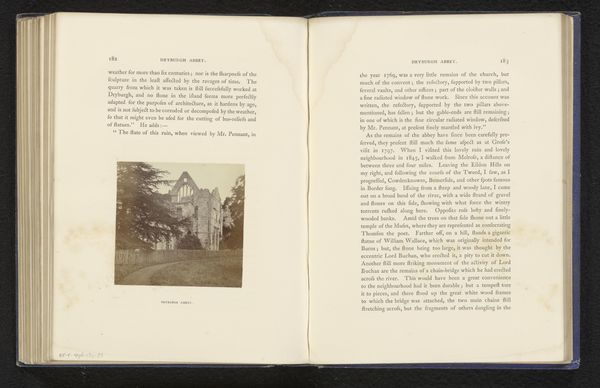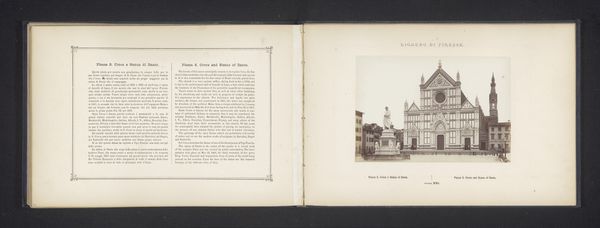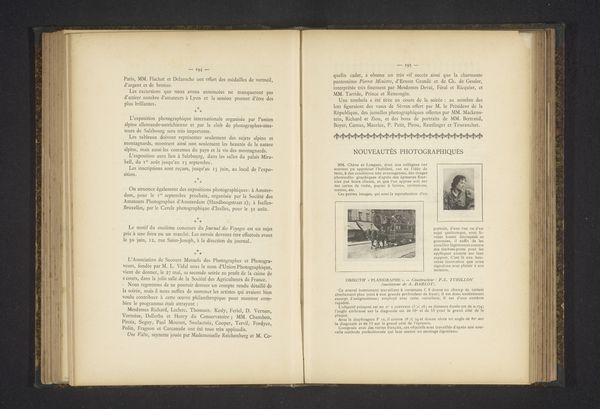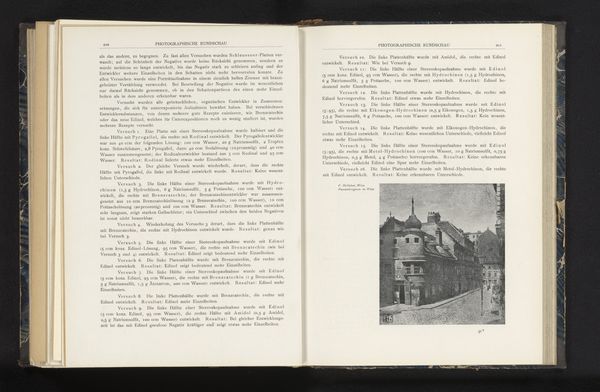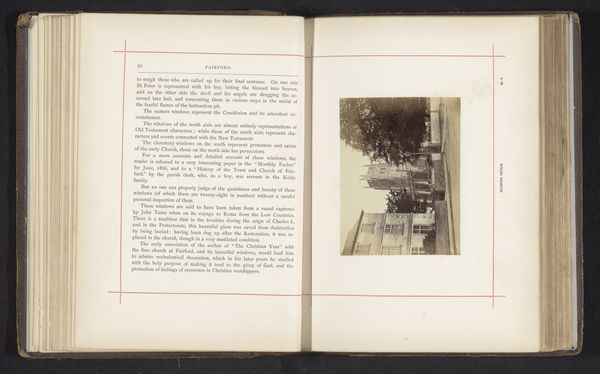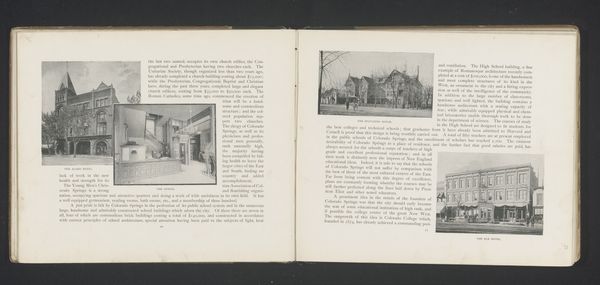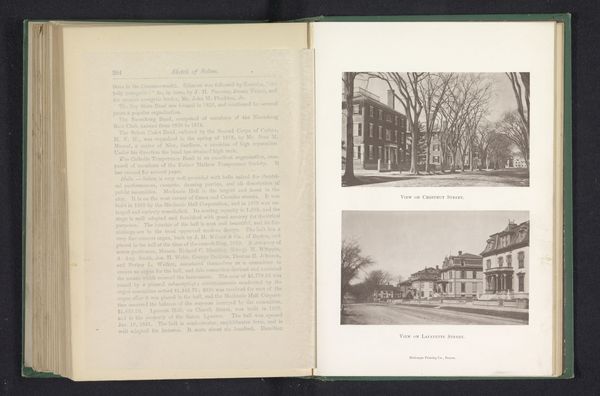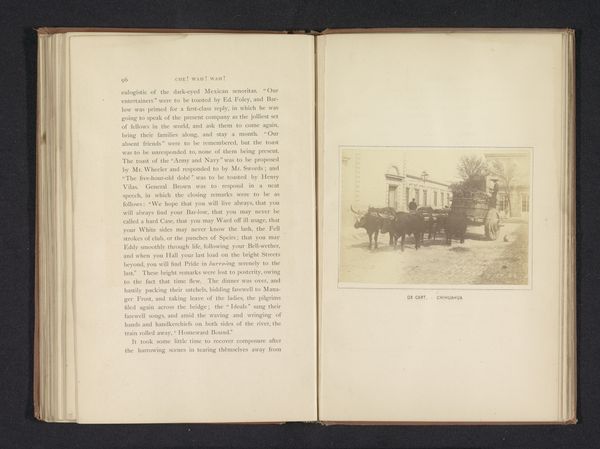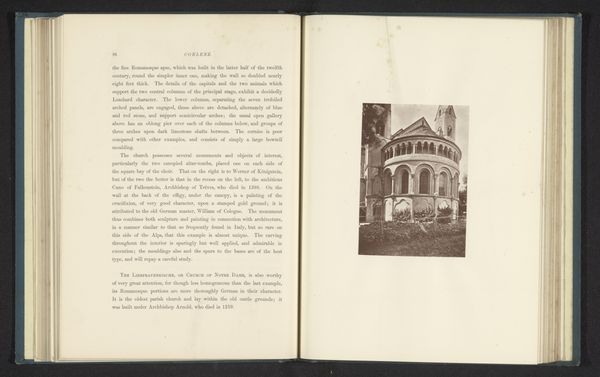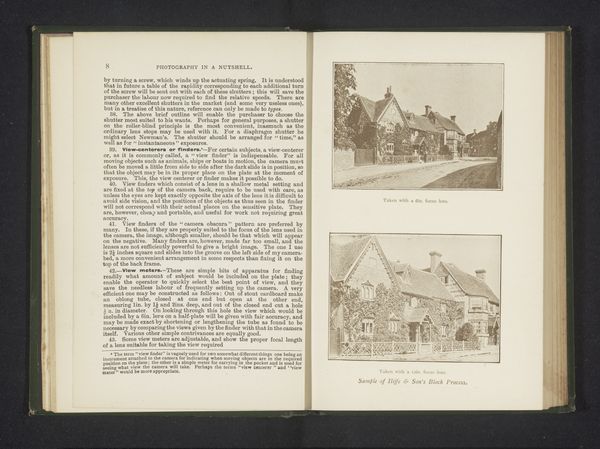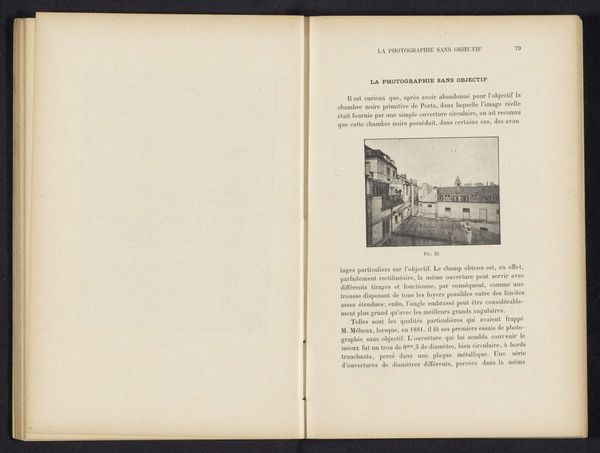
Dimensions: height 115 mm, width 88 mm
Copyright: Rijks Museum: Open Domain
Editor: So, this is "Gezicht op een vakwerkhuis in Bacharach," a photograph by Cundall & Fleming, dating to before 1868. The tones are really soft, and the architecture is just lovely, it feels a bit like stepping back in time. How do you interpret this work, with its historic architecture? Curator: This image invites us to consider how architectural photography can reflect and even shape our understanding of national identity. What elements stand out to you in the architecture itself? Editor: Well, I immediately noticed the half-timbered style... the way the wooden beams create those striking geometric patterns. It seems so deliberately picturesque. Curator: Precisely! This ties into the Romantic movement's fascination with the medieval past and an idealized vision of the Volk, or the people. The half-timbered house became a symbol of German heritage, often promoted in a time of intense nationalistic fervor. Editor: So, a seemingly simple architectural photo carries a lot of weight. Was the choice of subject also a kind of political statement, even back then? Curator: I would argue that the act of photographing and disseminating these images, especially in a period of nation-building, contributed to the construction of a unified cultural narrative. Consider, who had access to these images, and what version of "German-ness" were they being shown? Who was being excluded? Editor: That’s such a good point. I was just seeing a pretty building. I now realize how powerful images can be as cultural statements. Curator: Indeed, by examining the past, we can learn much about the visual tools that shape identity in the present. Editor: It’s given me so much to think about. Thanks so much for opening my eyes to these themes!
Comments
No comments
Be the first to comment and join the conversation on the ultimate creative platform.

